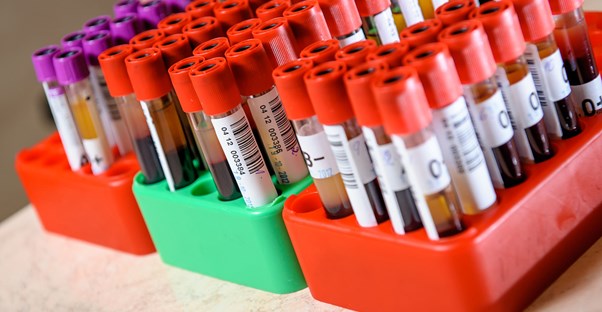Hemophilia is a rare disorder that affects the clotting of blood. This condition is genetically based, and as such, medical professionals make use of a wide variety of complex terms to discuss it. Understanding the basics of this disease can be difficult for the average patient, but it’s not an entirely impossible task—here is a look at six important terms used to speak about hemophilia and an easy-to-understand explanation of what they mean.
- Clotting Factors
Clotting factors are the proteins found in the bloodstream that are responsible for normal clotting. People suffering from hemophilia do not produce enough clotting factors on their own. In mild cases they may have about 50% of the necessary clotting factors, while in severe cases they can have less than 1%. There are more than 20 varieties of clotting factors in human blood, but a person’s condition is only labeled as hemophilia if they are missing factors VII or VIII. - Factor Replacement Injections
In order for normal blood clotting to occur in patients with hemophilia, replacement clotting factors must be injected. There are two primary types of factors used—plasma-derived and recombinant concentrates. Plasma-derived factors are harvested from human plasma that has been screened and sterilized. On the other hand, recombinant concentrates are synthesized in laboratory settings. This is done by injecting animal cells that are genetically similar to human cells with the human DNA responsible for creating clotting factors. The cells reproduce and the clotting factors are eventually collected from them. - Gene Therapy
Gene therapy is the process of treating or replacing faulty genes. Since hemophilia is a genetic disorder, there is lots of promise in treating the condition with gene therapy. If successful, instead of treating patients with injections of clotting factors, they could be treated by repairing the genes responsible for their production. While initial testing with gene therapy has shown some positive results, its results typically disappear within two to three days of treatment. - Inhibitors
While injections of replacement clotting factors is an effective way to treat hemophilia, in certain instances, a person’s body may interpret them as a foreign threat and attempt to get rid of them. To do this, the patient’s immune system will create antibodies known as inhibitors that prevent the injected factors from doing their job. While inhibitors are typically only a temporary response, treating them can be quite complicated and expensive. - Internal Bleeding
Internal bleeding is a form of blood loss that occurs when blood collects in a body cavity or other space. Although external bleeding may seem like a more pressing issue for people with hemophilia, internal bleeding actually poses a larger risk, since it’s not immediately noticeable. This condition can place extra pressure on internal organs, which can cause them to malfunction, and in extreme cases it can lead to brain damage or even death. Internal bleeding is most easily preventable when people with hemophilia receive factor replacement injections on a regular basis, as opposed to simply when an injury occurs. - Prophylaxis
This is one method for receiving injections of replacement clotting factors. With this approach, hemophilia patients get replacements on a regular basis—sometimes daily or weekly—which prevents uncontrolled bleeding before it actually begins. While prophylaxis is more expensive than receiving injections only after bleeding has started, it’s been shown to be more effective than this method. Additionally, it helps reduce the risk of joint damage, which is irreversible and occurs when blood begins to accumulate in joint cavities.




